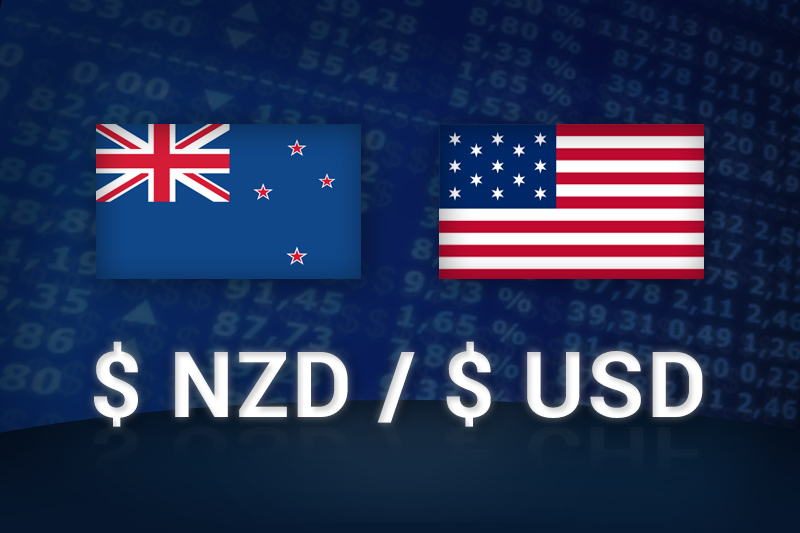Investing.com - The New Zealand dollar fell to a six-day low against its U.S. counterpart on Thursday, despite better-than-expected New Zealand ecnomic growth data, as concerns over the euro zone's debt crisis and a global economic slowdown weighed.
NZD/USD hit 0.8223 during late Asian trade, the pair's lowest since September 13; the pair subsequently consolidated at 0.8227, declining 0.48%.
The pair was likely to find support at 0.8171, the low of September 12 and resistance at 0.8303, the day's high.
Official data showed earlier that New Zealand's gross domestic product expanded by 0.6% in the second quarter, following a downwardly revised 1% rise in the previous quarter.
Analysts had expected the GDP to expand by 0.3% in the second quarter.
But risk sentiment was hit by data showing that China’s HSBC Flash Purchasing Managers Index rose slightly to 47.8 in September from a final reading of 47.6 in August, remaining in contraction territory for the 11th consecutive month and adding to fears over a deeper-than-expected slowdown in the world's second largest economy.
Investors also remained cautious amid ongoing uncertainty over whether the Spanish will ask for help from the European Central Bank's new bond-purchasing program, which would mean signing up to a permanent bailout fund.
The kiwi was steady against the euro with EUR/NZD easing up 0.01%, to hit 1.5787.
Later in the day, the U.S. was to release its weekly government report on initial jobless claims, as well as an index of manufacturing activity in Philadelphia.
NZD/USD hit 0.8223 during late Asian trade, the pair's lowest since September 13; the pair subsequently consolidated at 0.8227, declining 0.48%.
The pair was likely to find support at 0.8171, the low of September 12 and resistance at 0.8303, the day's high.
Official data showed earlier that New Zealand's gross domestic product expanded by 0.6% in the second quarter, following a downwardly revised 1% rise in the previous quarter.
Analysts had expected the GDP to expand by 0.3% in the second quarter.
But risk sentiment was hit by data showing that China’s HSBC Flash Purchasing Managers Index rose slightly to 47.8 in September from a final reading of 47.6 in August, remaining in contraction territory for the 11th consecutive month and adding to fears over a deeper-than-expected slowdown in the world's second largest economy.
Investors also remained cautious amid ongoing uncertainty over whether the Spanish will ask for help from the European Central Bank's new bond-purchasing program, which would mean signing up to a permanent bailout fund.
The kiwi was steady against the euro with EUR/NZD easing up 0.01%, to hit 1.5787.
Later in the day, the U.S. was to release its weekly government report on initial jobless claims, as well as an index of manufacturing activity in Philadelphia.
